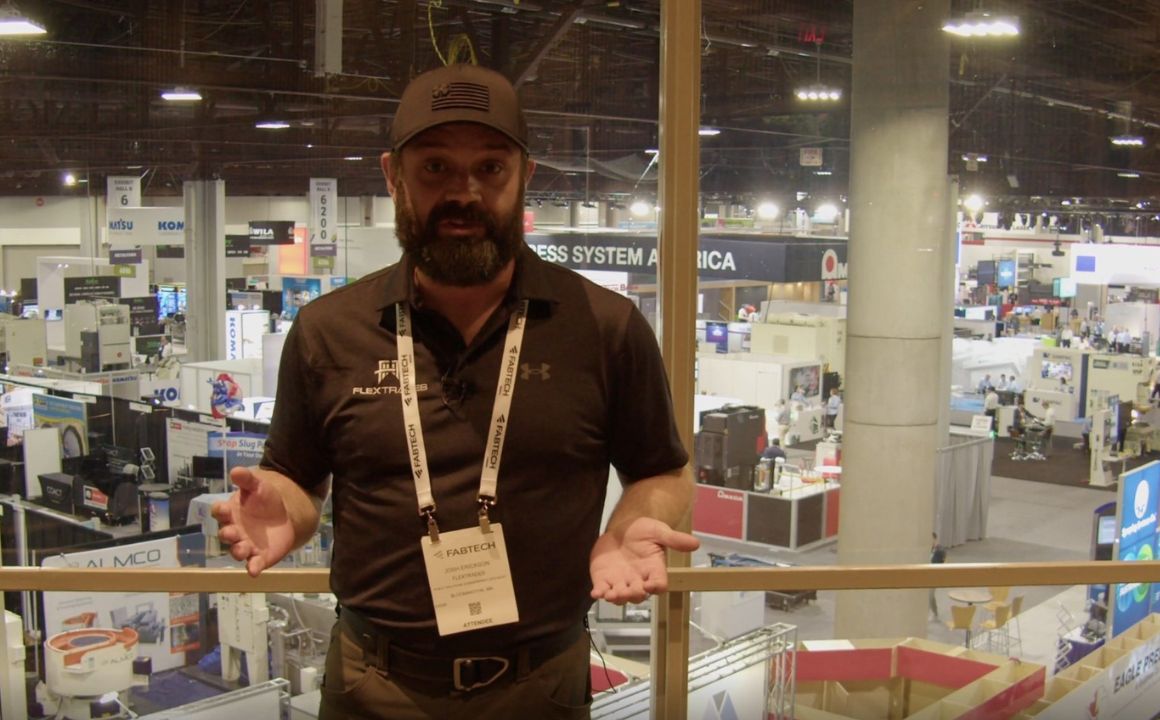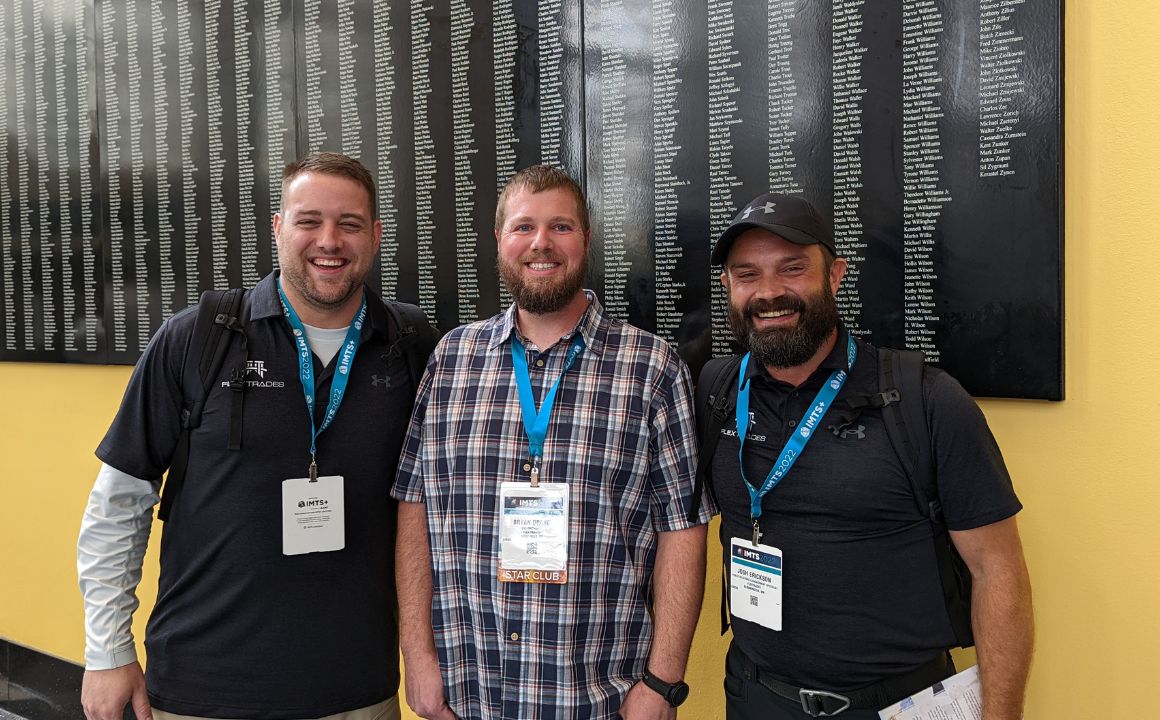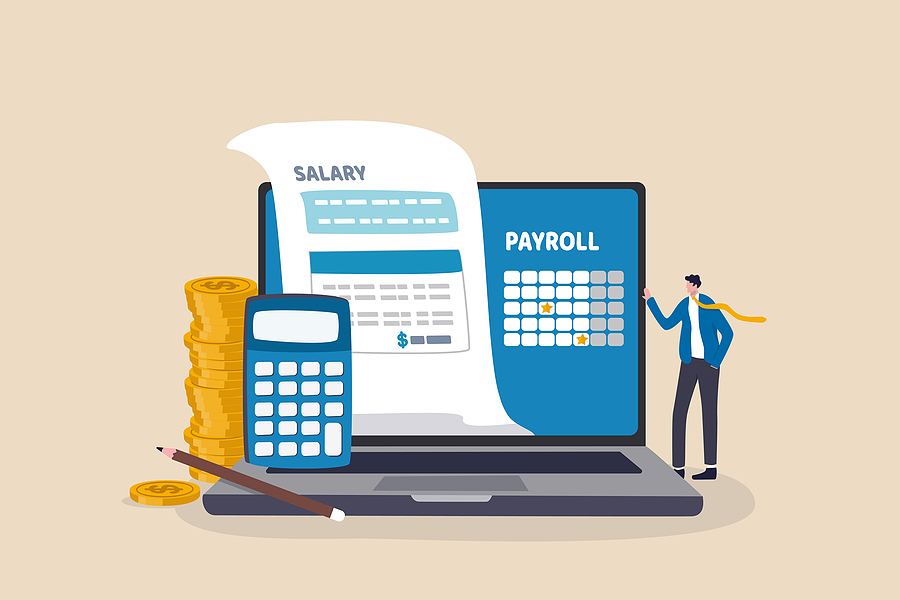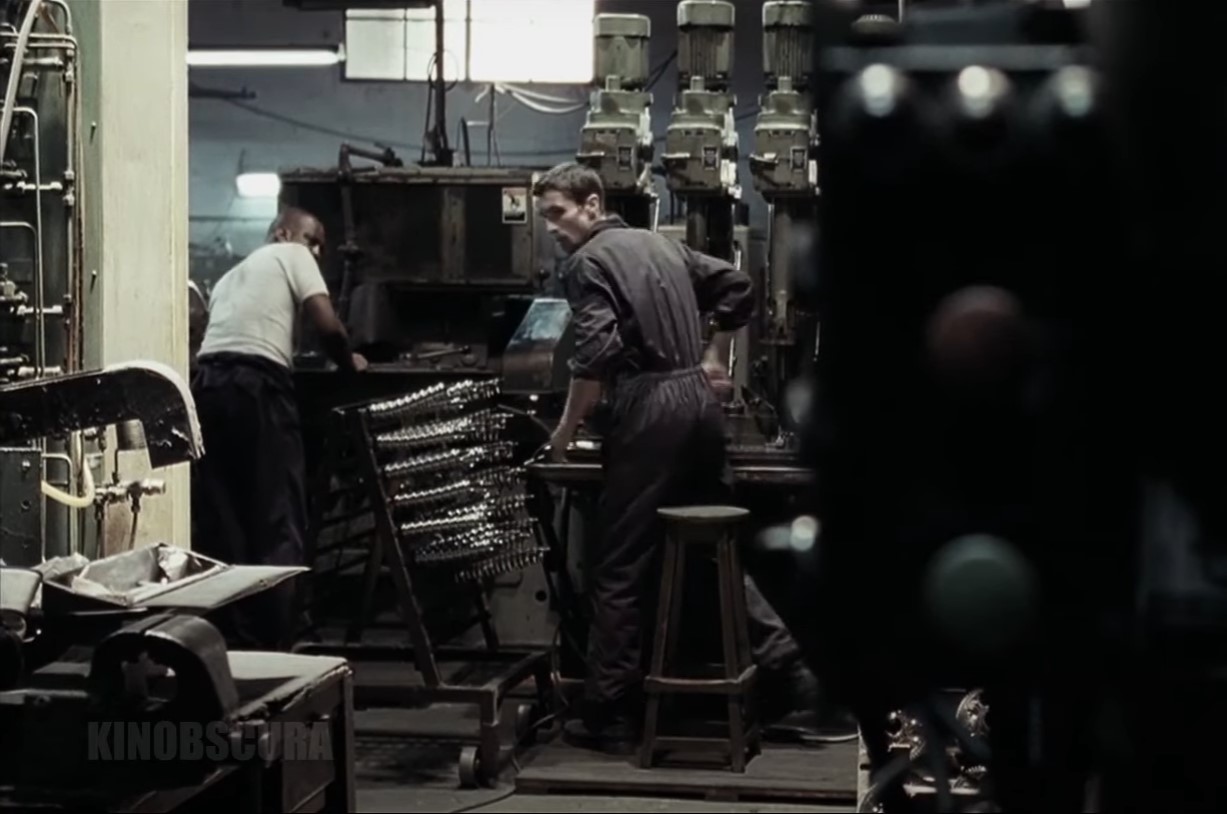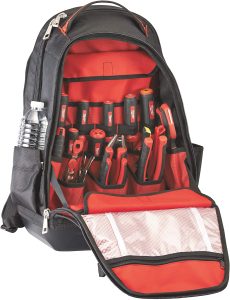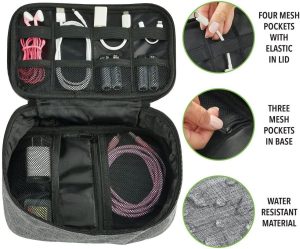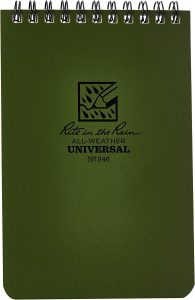Not Home for the Holidays
You don’t have to look hard during this time of year to realize the holidays are upon us. City streets are decorated, store windows are full of gift ideas, and seasonal music is omnipresent. For most of us, even if this isn’t our idea of ’the most wonderful time of the year,’ it’s a time of joy and nostalgia. But there’s a large portion of the population that the rest of us forget about during this season – those who can’t get home. While most are at home, millions of people around the world are working so that we can celebrate.
From flight attendants and emergency workers to our own FlexTrades technicians keeping the wheels of industry turning through seasonal spikes, there are a lot of people missing time with their families. We want all of you in that position to know we appreciate you a lot! But we also realize that all the recognition in the world doesn’t make such a sacrifice any less lonely. Therefore, we turned to our travel-work experts for some tips on how to make sure you don’t feel alone just because you’re spending this holiday away from home.
Holiday Tips for When You’re Away from Home
Communicate
The number one rule of family planning is communication and that goes double for holiday schedules. Once your shift is solidified, the first thing you should do is let your family know. There are a lot of ways to make alternate seasonal plans, but most are not very realistic at the last minute. It sounds simple, but often the best answers are exactly that. If you know you’re going to miss a party or tradition, talk about it asap. You’ll be surprised how creative your family can get.
Decorate
Whether you’re in an office or on the shop floor, you might not be able to go home for the holidays, but that doesn’t mean you can’t bring some of it to you. Christmas lights, a mini-tree, or a singing reindeer are easy ways to surround yourself with some seasonal items. You can even level-up this step into a simple group activity by involving coworkers or others with a ’project’ such as setting ten minutes aside for everybody to cut out a paper snowflake for their station. Do you have a cherished tree ornament at home? Bring it with you on the road so you’re not leaving all your nostalgia behind. Even wearing a work uniform doesn’t have to be a dealbreaker. If you can’t wear that Santa hat or Grinch shirt, try wearing a themed lanyard or safety glasses with decorated frames!
Technology
Technology can be a stressor in life, especially during the holidays, but it can also be a day (or even a season) saver. Video calling and messaging apps, like FaceTime, have already changed the roadwork experience for many FlexTrades technicians. You don’t have to be on the road to also benefit from these technologies though. Even if you’re just missing a New Year’s Eve party for a single shift, using FaceTime and a well-timed break can make sure you’re still there with the people that matter to you when the ball drops. There are lots of other technologies that can help with this too. One that we love is using the group watch function of your favorite streaming platform to share a classic holiday film with your friends and family, no matter where you all are around the globe! Using VR goggle could make it even more exciting but does require a few extra steps.
Redefine Family
Working over the holidays, especially on the road, can be a team effort. It could make sense to celebrate those holidays with your work team. Little things like group caroling competitions or gift exchanges can add a lot of fun to seasonal work. Those little things make it easier to focus on the big stuff too, like making sure your teammates know just how much you appreciate them. Shared appreciation is always a good thing!
Volunteer
Do you feel bad about something you’re missing this season? The best way to feel good is to do good. If you can’t make it home for the holidays, then do something to make where you’re at feel homier. Church groups, charitable associations, and community organizations put a big emphasis on holiday projects, and they can always use extra hands! There are many online platforms, like VolunteerMatch, that make it easy to find opportunities to help, no matter where you find yourself around America. A great side benefit to volunteering for the road warrior crowd is that it doubles as networking for the out-of-towner too. Doing good and meeting good people is a win/win in any season!
Other Ideas
We hope this list gives ideas of how to make the most of this holiday season away from home. If you have other tips, we’d love to hear them! Send them to our Writing Team. We’ll do our best to cover them in future posts.
Do you want to give yourself a gift that keeps on giving all year? Check out our blog page to catch up on other advice about working away from home.


